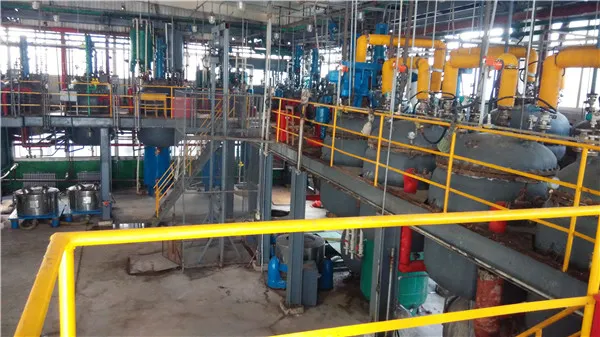Understanding Polyolefin Masterbatch An Essential Component in Polymer Processing
Polyolefin masterbatch is a concentrated mixture of pigments and/or additives encapsulated within a polyolefin resin, designed to be incorporated into polyolefin products during processing. This innovative approach allows manufacturers to enhance the properties of final products while maintaining efficient production processes. This article delves into the significance, applications, and advantages of polyolefin masterbatch in various industries.
What is Polyolefin Masterbatch?
Polyolefin masterbatch is primarily composed of two main components the carrier resin and the additive or pigment. The carrier resin is typically made of polyolefins, such as polyethylene (PE) or polypropylene (PP), which are widely used in the production of plastic products due to their favorable properties. The additives or pigments can range from colorants to functional additives that improve specific characteristics of the final product, such as UV stability, anti-static properties, or fire resistance.
The masterbatch is manufactured through various processes, including melt blending, which ensures uniform distribution of the additives within the polymer matrix. This uniformity is crucial for achieving consistent quality in the end products, making polyolefin masterbatches a preferred choice for manufacturers.
Applications of Polyolefin Masterbatch
Polyolefin masterbatches find applications across numerous industries, including packaging, automotive, consumer goods, and construction. In the packaging industry, they are commonly used to produce films, bags, and containers. The incorporation of colorants can enhance visual appeal and branding, while special additives can improve barrier properties, increasing the shelf-life of food products.
In the automotive sector, polyolefin masterbatches play a vital role in producing interior and exterior components. The use of UV stabilizers and anti-scratch additives ensures that automotive parts maintain their appearance and functionality over time, significantly enhancing the durability and longevity of vehicles.
polyolefin masterbatch

Consumer goods, such as toys, household items, and electronic components, also benefit from polyolefin masterbatches
. By customizing the color and properties of products, manufacturers can meet specific consumer preferences and regulatory requirements. Additionally, in the construction industry, these masterbatches can be used in pipes, fittings, and insulation materials, where additives provide enhanced durability and performance in various environmental conditions.Advantages of Using Polyolefin Masterbatch
The use of polyolefin masterbatch offers several advantages that enhance production efficiency and final product quality. One of the primary benefits is the ease of handling and processing. Since masterbatches are concentrated formulations, they require only a small amount to achieve the desired color or property in the final product, simplifying dosing and reducing waste.
Another significant advantage is the compatibility of polyolefin masterbatch with a variety of processing techniques, such as extrusion, injection molding, and blow molding. This versatility makes them suitable for a wide range of applications across different manufacturing processes.
Moreover, polyolefin masterbatches can improve the performance characteristics of the final products. By selecting the right combination of additives, manufacturers can tailor the properties of their products to meet specific requirements, such as flexibility, strength, UV resistance, or flame retardancy. This customization can lead to enhanced consumer satisfaction and increased market competitiveness.
Conclusion
Polyolefin masterbatch serves as a crucial element in modern polymer processing, providing manufacturers with the ability to enhance product performance while optimizing production efficiency. Its versatility and adaptability across various industries make it an invaluable resource. As the demand for high-performance and customized polymer products continues to grow, the role of polyolefin masterbatch will undoubtedly become even more significant, driving innovation and sustainability in plastic manufacturing. By understanding the importance and applications of polyolefin masterbatches, manufacturers can make informed decisions that will contribute to their success in an increasingly competitive market.

